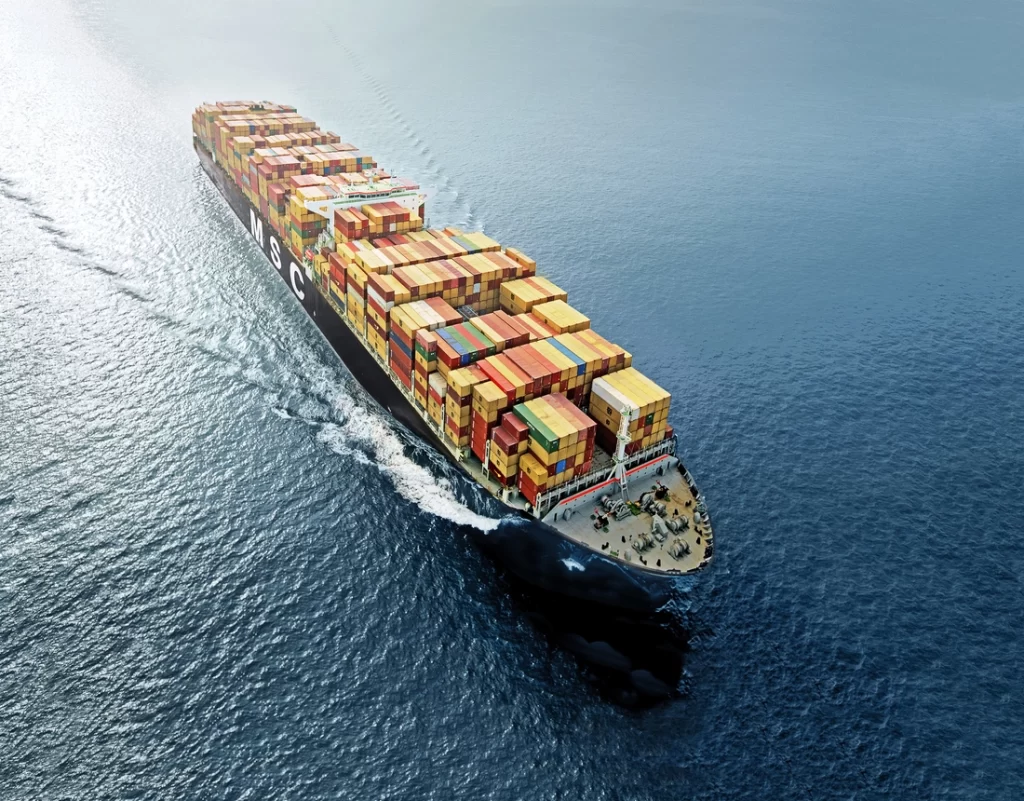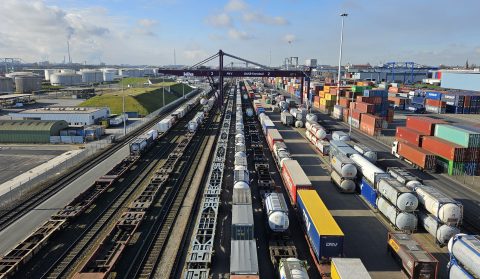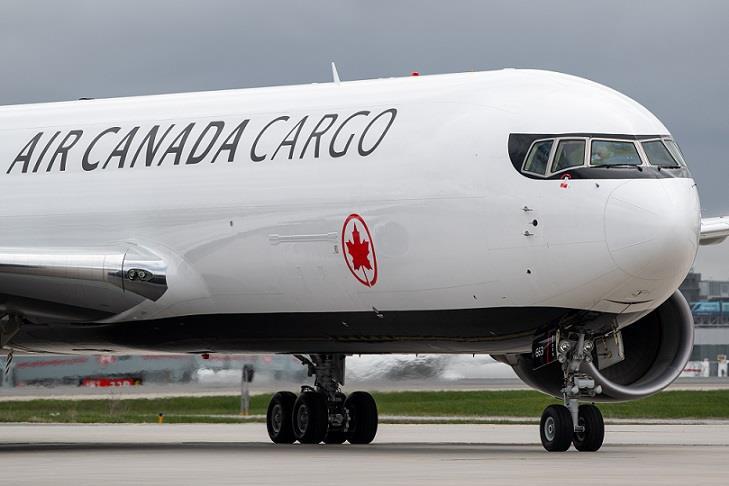Efficient logistics can dramatically cut costs when exporting industrial machines from China to Europe. Many importers seek the cheapest way to ship machinery from China to Europe while ensuring reliability, safe delivery, and full customs compliance. Choosing the right route and freight mode can optimize profit margins and minimize transit risks.
Why Shipping Machinery from China to Europe Requires Planning
Transporting heavy equipment or factory machinery involves complex coordination. Customs paperwork, machinery size, and destination ports all affect cost. Importers must balance budget and speed, especially when selecting between sea, rail, and air routes. Proper documentation prevents clearance delays and avoids penalties.
What Are the Main Shipping Options for Machinery?
Machinery logistics can use several transportation modes, each offering distinct benefits:
| Shipping Method | Average Cost (USD) | Transit Time | Best For | Key Cons |
|---|---|---|---|---|
| Sea Freight (FCL/LCL) | 8,000–20,000 | 25–40 days | Large or heavy machinery | Longer transit time |
| Rail Freight | 12,000–18,000 | 18–25 days | Medium cargo, time-sensitive | Limited routes |
| Air Freight | 30,000+ | 5–10 days | Urgent or light machinery | Very expensive |
| Multimodal (Sea + Rail) | 10,000–16,000 | 20–30 days | Balanced cost/time | Extra handling |
Careful analysis helps determine the most cost-effective method for each project.
How Shipping Costs Are Calculated for Machinery Transport
Several variables influence total expenses. Dimensions, weight, and Incoterms significantly impact the quotation. Insurance, inland transport, and destination port charges further contribute to total cost.
| Cost Component | Description | Estimated Share (%) |
|---|---|---|
| Freight Rate | Ocean, rail, or air transport | 50–60% |
| Customs Duty | Tariffs based on HS code | 10–20% |
| Inland Delivery | Trucking from port to site | 10–15% |
| Documentation & Fees | Customs, brokerage, certificates | 5–10% |
A clear understanding of these elements ensures accurate budgeting.
When Sea Freight Becomes the Cheapest Option
Large industrial machines usually travel via sea freight because of lower cost per cubic meter. Full Container Load (FCL) is ideal for oversized shipments, while Less than Container Load (LCL) suits small quantities. Additionally, shipping machinery by sea minimizes vibration damage during transit, offering safety for precision equipment.
Where Rail Freight Offers a Time Advantage
Rail freight connects major Chinese cities—Chongqing, Xi’an, Zhengzhou—to European hubs such as Hamburg and Warsaw. Although slightly pricier than sea transport, it provides faster delivery, usually within 18–25 days. Importers often use rail for mid-value machinery that needs quicker restocking cycles.

Real Case Studies of Machinery Shipping from China to Europe
Case 1: CNC Equipment, Shenzhen → Hamburg (Sea Freight)
- Cargo Type: CNC metalworking machines (4 units)
- Weight/Volume: 42 tons / 60 m³
- Mode: 40HQ container, sea freight
- Cost: USD 17,800
- Transit Time: 36 days
- Notes: Shipment included export customs clearance and marine insurance.
Case 2: Textile Machinery, Chengdu → Warsaw (Rail Freight)
- Cargo Type: Textile looms and spare parts
- Weight/Volume: 30 tons / 48 m³
- Mode: Rail freight
- Cost: USD 14,600
- Transit Time: 21 days
- Notes: Required CE documentation and re-packaging to meet EU standards.
Which Customs Documents Are Required for Machinery Imports
Importing machinery involves precise paperwork to comply with EU regulations. Incomplete documents can cause costly delays.
| Document | Purpose |
|---|---|
| Commercial Invoice | Declares shipment value and details |
| Packing List | Lists all items and packaging details |
| Bill of Lading / Rail Waybill | Confirms shipment ownership |
| Certificate of Origin | Determines tariff eligibility |
| CE Certification | Confirms machinery meets EU standards |
Ensuring each document’s accuracy accelerates customs clearance.
How to Save on Machinery Freight Costs
Several practical strategies can reduce logistics costs for machinery shipments:
- Book Early: Early reservations often secure lower rates.
- Optimize Packaging: Minimize unused space and lower volumetric weight.
- Use Consolidation: Combine smaller shipments through LCL or groupage.
- Compare Forwarders: Request multiple quotes from experienced agents.
- Monitor Rates: Track freight market trends and seasonal fluctuations.
Smart planning ensures a sustainable shipping budget while maintaining service quality.
Conclusion
Efficient transport planning makes the cheapest way to ship machinery from China to Europe achievable without compromising safety or compliance. Comparing shipping methods, preparing complete documents, and working with professional freight forwarders ensures timely delivery and cost savings.
- Consult TJ China Freight Forwarding for the lowest quote. They will provide you with reliable, cost-effective service.
FAQs
Q1.How much does machinery shipping cost from China to Europe on average?
The average machinery shipping cost from China to Europe ranges between USD 15,000–22,000 per container, depending on size, weight, and route.
Q2.What customs clearance steps apply to importing machinery into Europe?
Customs clearance for machinery requires CE certification, accurate HS codes, import declaration, and duties based on machinery type and origin.
Q3.Can I combine sea freight and rail to reduce machinery transport costs?
Yes, multimodal shipping combines sea freight and rail routes, lowering machinery transport costs while keeping faster delivery schedules.
Q4.What’s the best way to calculate total machinery import costs from China to Europe?
Importers calculate total machinery import costs by adding freight, duties, inland transport, insurance, and customs brokerage fees.
Q5.How long does it take to ship machinery from China to Europe by sea?
Typical sea freight delivery time for machinery shipping from China to Europe is 25–40 days, depending on origin and destination ports.




